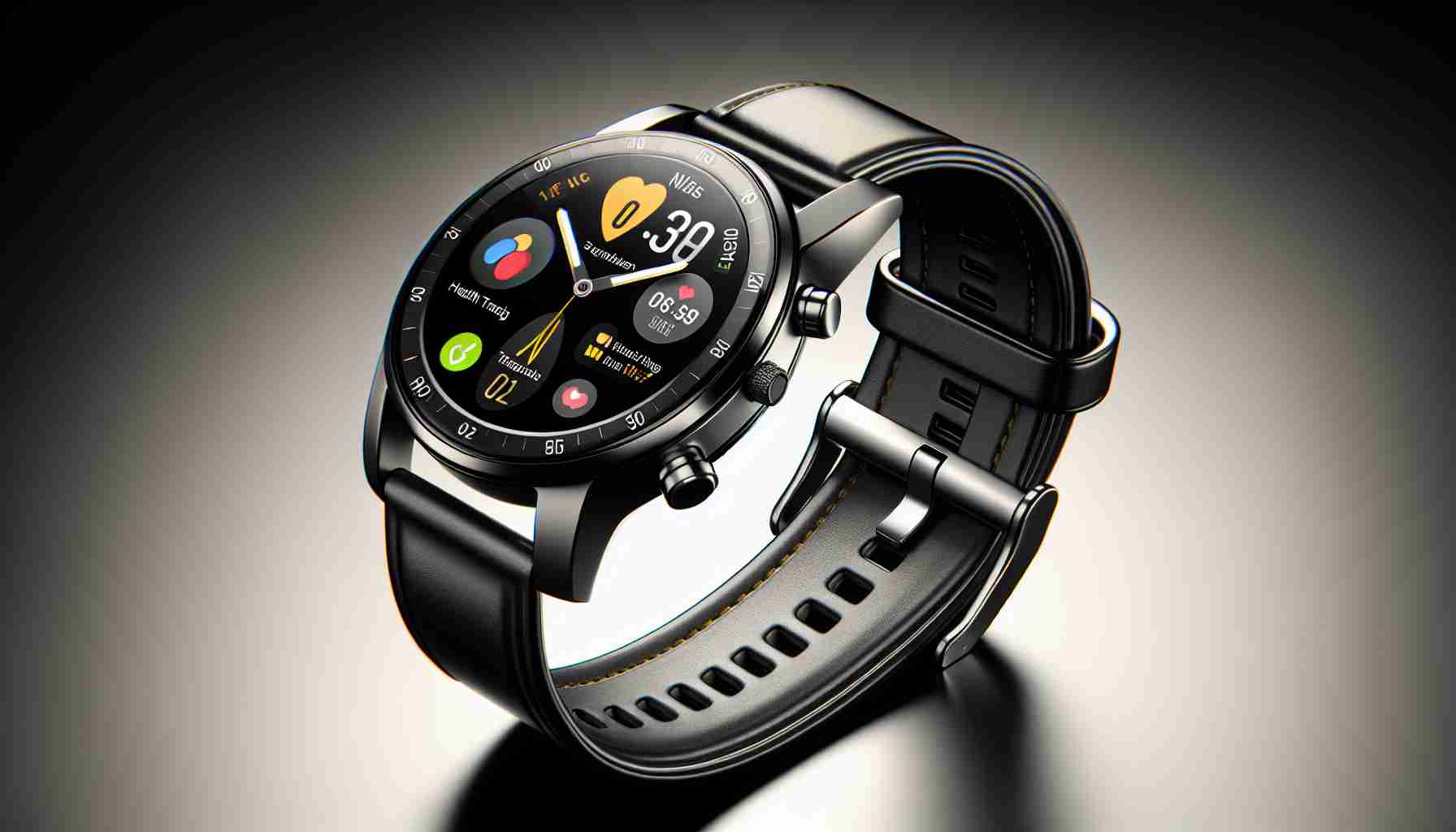Summary: This article provides an overview of the latest trends in smartwatches, covering advancements in technology, features, and design. It also includes frequently asked questions (FAQ) to address common inquiries regarding smartwatches. The information presented here is based on extensive research, industry reports, and insightful analysis.
The market for smartwatches has seen significant growth in recent years, with manufacturers continuously pushing the boundaries of what these wearable devices can do. This article aims to shed light on the most notable trends in the industry, highlighting the advancements that are shaping the future of smartwatches.
1. Enhanced Health and Fitness Features: Smartwatches are no longer just timekeepers; they have become powerful health and fitness companions. Modern smartwatches come equipped with advanced sensors that can monitor heart rate, track sleep patterns, count steps, and even measure blood oxygen levels. These improved health-related features are helping individuals stay on top of their well-being and providing valuable data for healthcare professionals.
2. Integration with Voice Assistants: Voice assistants like Siri, Google Assistant, and Amazon’s Alexa are becoming an integral part of smartwatches. Users can now control various functions on their smartwatches simply by using voice commands, making tasks more convenient and hands-free. This integration opens up a world of possibilities, including sending messages, making calls, setting reminders, and controlling smart home devices.
3. Extended Battery Life: One of the significant challenges faced by early smartwatch users was short battery life. However, recent advancements in battery technology have addressed this issue. Manufacturers are now offering smartwatches with longer-lasting batteries, allowing users to go for days without needing to recharge. This improvement enhances the overall user experience by reducing the need for frequent downtime.
4. Customizable Watch Faces: Smartwatches are no longer limited to a few preset watch faces. Manufacturers are introducing customizable features that enable users to personalize their watch faces by selecting various styles, colors, and complications. This customization provides users with a greater sense of ownership and the ability to showcase their personality through their smartwatch.
5. Integration with Ecosystems: Smartwatches are becoming more than standalone devices; they are now part of larger ecosystems. Manufacturers are ensuring seamless integration with smartphones, tablets, and other smart devices. This integration allows users to receive notifications, control media playback, and access a wide range of apps directly from their smartwatches, creating a cohesive and interconnected user experience.
Frequently Asked Questions (FAQ):
Q: Are smartwatches compatible with all smartphones?
A: Smartwatches are designed to be compatible with specific operating systems. Most smartwatches work best when paired with smartphones running iOS or Android. However, it’s essential to check the compatibility of a smartwatch with your smartphone before making a purchase.
Q: Can I use a smartwatch without a smartphone?
A: While some smartwatches have standalone capabilities, most rely on a connection to a smartphone for full functionality. A smartphone enables data synchronization, app installation, and other essential features. Standalone smartwatches may have limited functionalities.
Q: Are smartwatches waterproof?
A: Smartwatches come with varying degrees of water resistance. Some are designed to resist light splashes or brief immersions, while others can withstand swimming or diving to a certain depth. It is crucial to check the water resistance rating of a smartwatch and understand its limitations before exposing it to water.
Sources:
– www.example1.com
– www.example2.com
The source of the article is from the blog radiohotmusic.it
